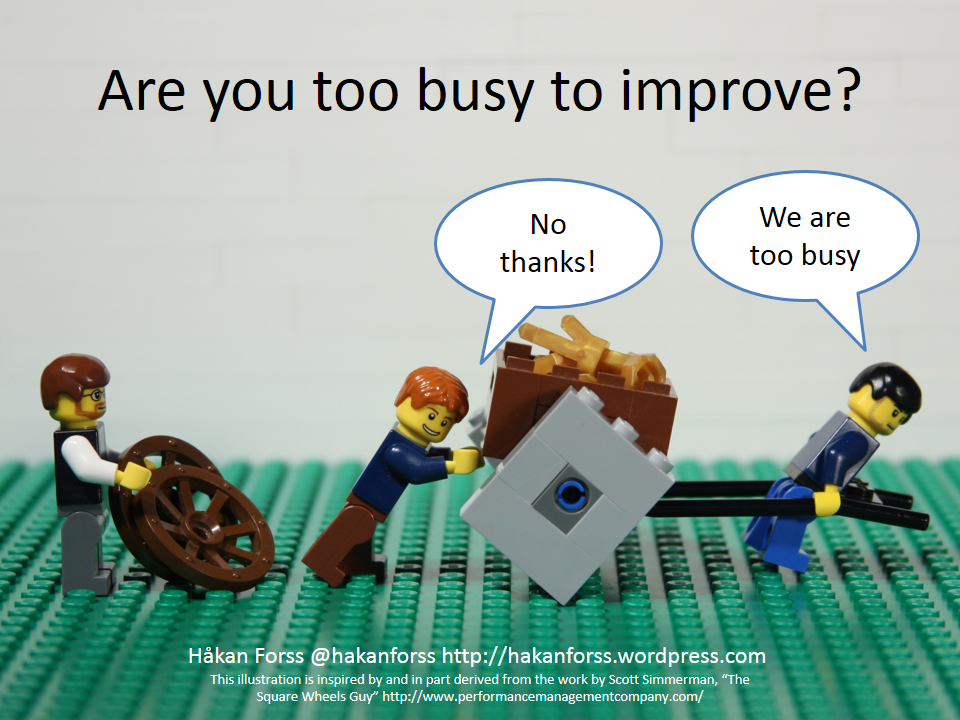This is Part 2 of Sequences, Behaviors and Integrating Adaptive Lean IT Systems – an updated article published in the Lean Management Journal in October 2015.
Today, many companies are actively seeking the benefits of lean IT and are undergoing constant transportation in their IT group. They are often familiar with lean and/or Six Sigma and have had some success with process improvement in other areas of the business such as manufacturing, accounting, and supply chain.
However, the landscape of IT, the complexity and dynamics of technology, the interdependency of its functional silos, and conflicting priorities when working with the Business, all combine to create a perfect storm of distinctive obstacles.
There is a key relationship that exists in all organizations. When understood and appreciated, it can provide clarity and direction to a lean IT transformation.
Let’s look at the components of the lean IT diamond and why it can be so helpful. At the top of the model, we begin with Purpose. A shared purpose is essential to create and drive a common intention, alignment, and commitment. Everyone in the IT organization (as well as the Business) needs to very clear on why we are in business, why we are transforming, and where we are vs. where we need to be.
If this shared understanding is not in place, you can be certain to see different behaviors, erratic degrees of engagement, and the consequential mixed results. Without a widely understood and collective purpose that people can clearly see within the context of their daily work, everyone is left on their own to identify what matters most and determine what they should do (or not do) about it. If you have ever witnessed pockets of improvement (aka islands of lean in a sea of waste), you can be assured there is a lack of understanding around shared purpose.
The next component is People. It may seem obvious that people are a central ingredient in building a highly effective organization. What is not so obvious, or at least publicly acknowledged, is that many work environments are abundant with uncertainty, disengagement, mistrust, apathy, fear, and political gamesmanship. In our first book, Lean IT Enabling and Sustaining Your Lean Transformation, I noted that people are often the only appreciating asset in an organization. When we treat people with respect and create systems and processes that position them for success, we cultivate trust, engagement, teamwork, and high levels of performance. Perhaps the most essential element in a successful transformation is to ensure the initiative is behavior-based. See the next post in this series for a discussion of behavior-based change.
Process represents the work we do to create value for our customers, to collaborate with our partners (the Business, vendors, supply chain, and outside resources), and to ultimately fulfill the mission of our organization. When processes are undefined, unclear, or not consistently followed, the effort required, the time it takes, the quality of the outcomes, and the frustration of staff and customers all become highly unstable and inconsistent.
The final component of the lean IT diamond is Information and Technology. It is useful to think of these two elements as distinct yet highly interdependent. With respect to information, IT is the mechanism that transforms raw data into useful and actionable information. IT, when done well, is the connective nervous system that joins people with actionable information.
Concerning technology, IT is the enabler of the business – capturing, organizing, and storing immense amounts of data, routine tasks, building transactional records, enforcing business process rules, managing secure access, all while providing work process functionality and visibility to all functional areas of the business.
The flow of complete, accurate, timely, and actionable information is a key determinant of the flow of customer value and organizational performance. When IT stops, the Business stops. When IT flows, information flows and the Business is positioned for success (of course it takes more than just great IT).

